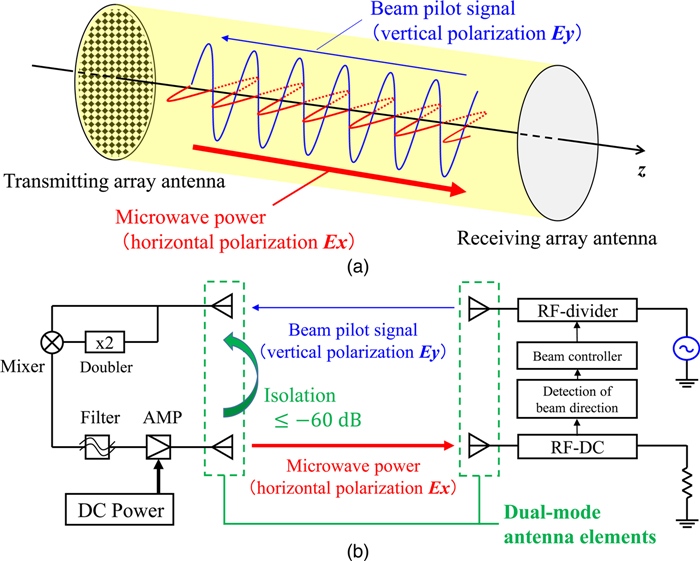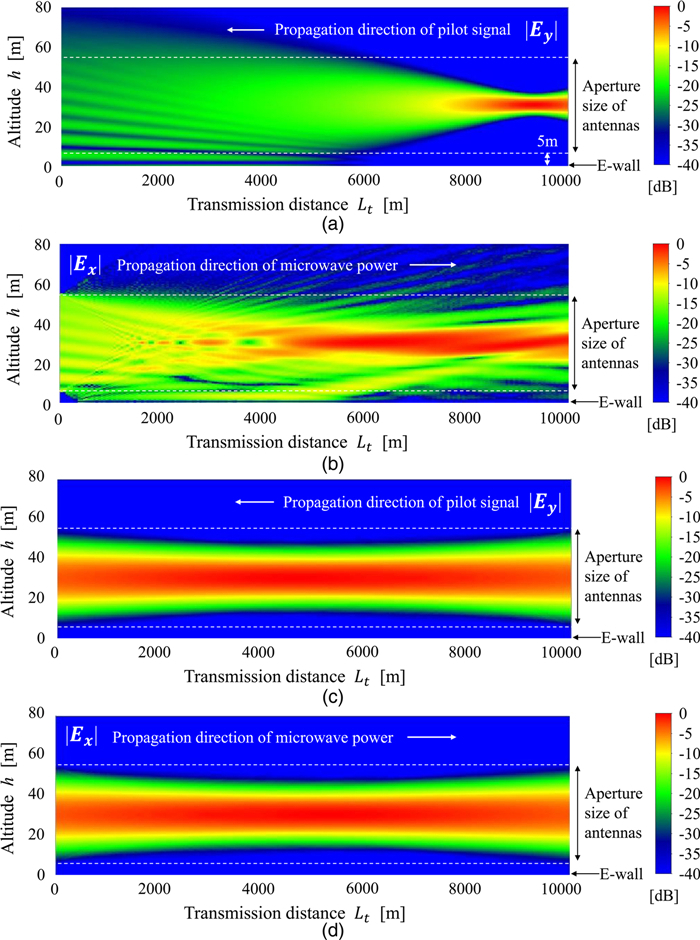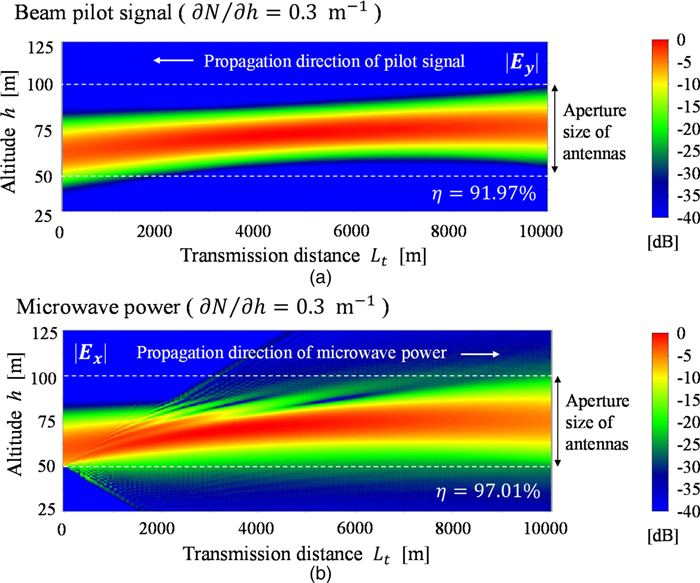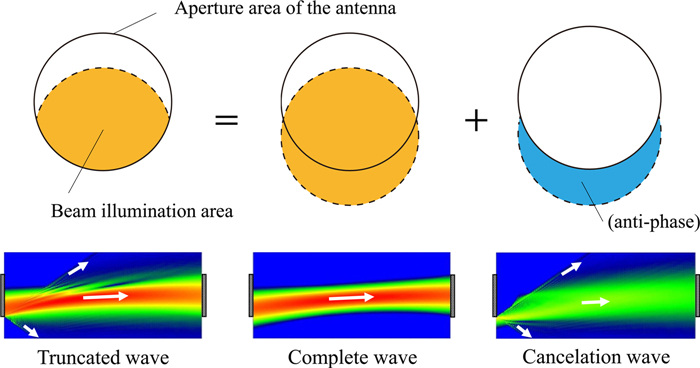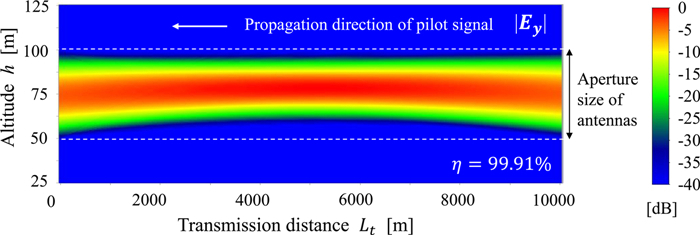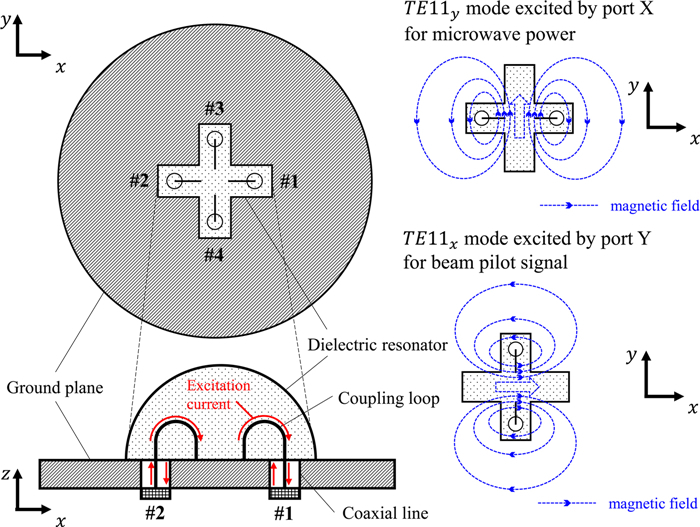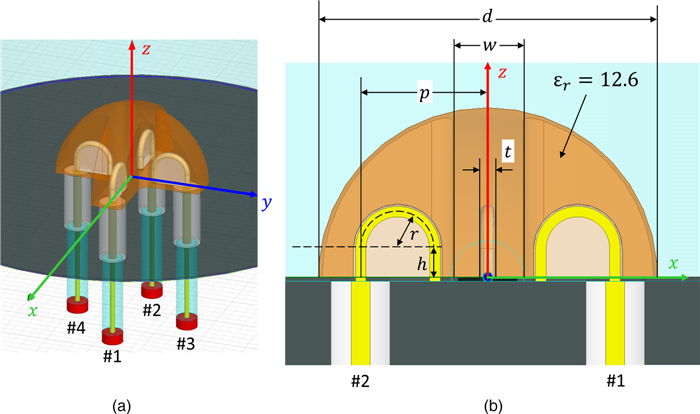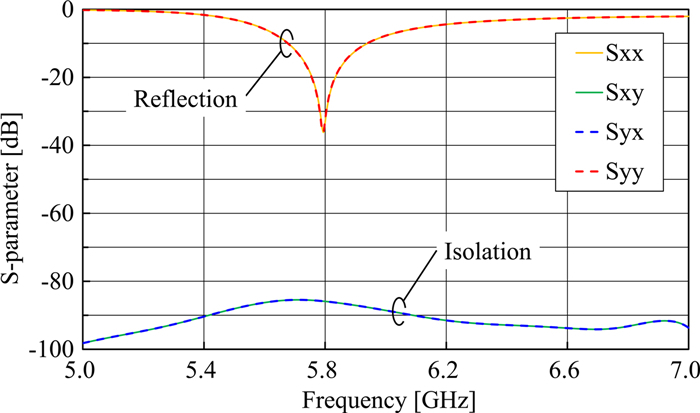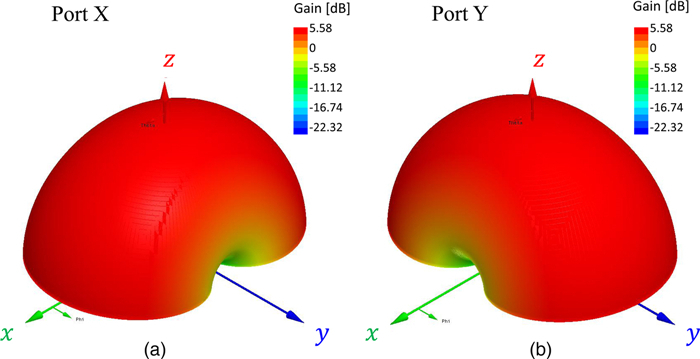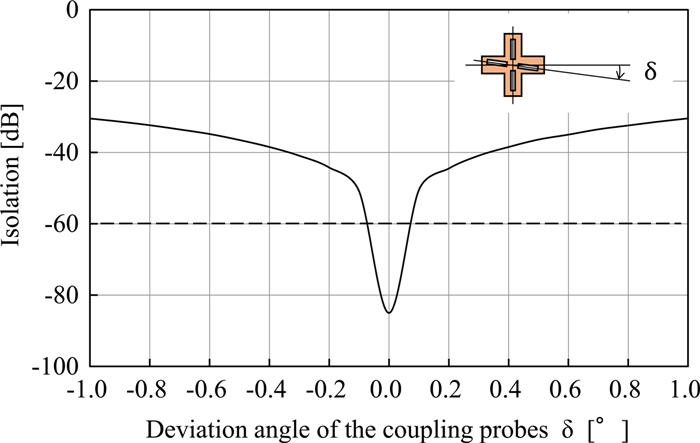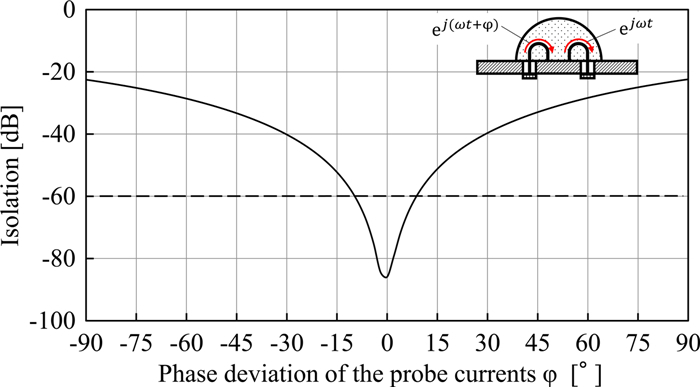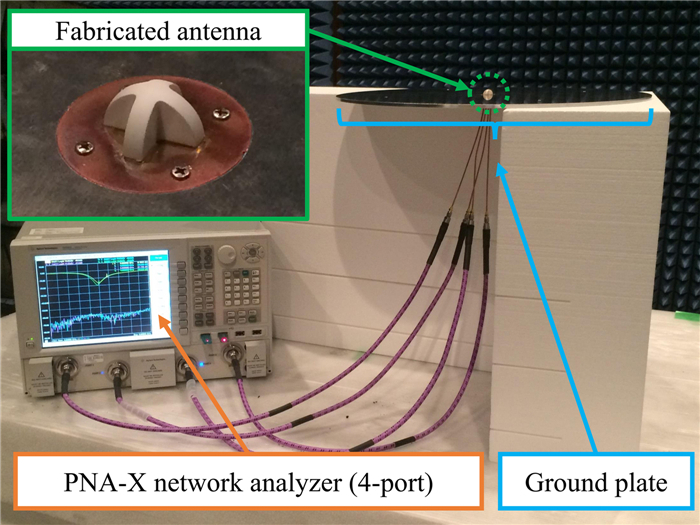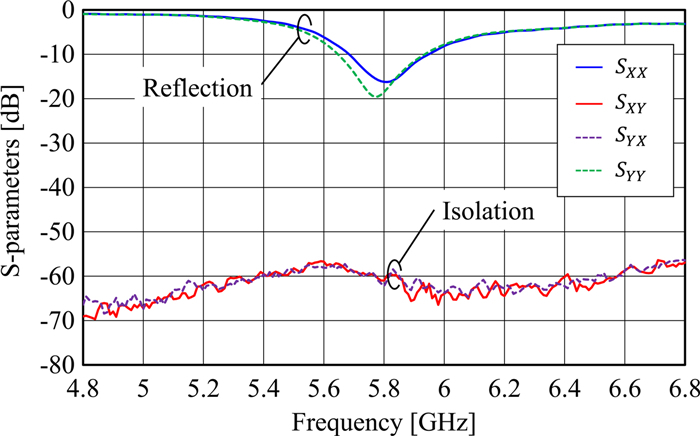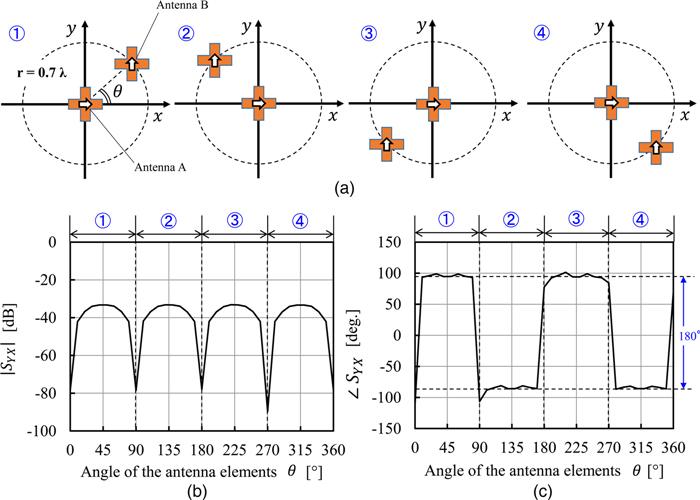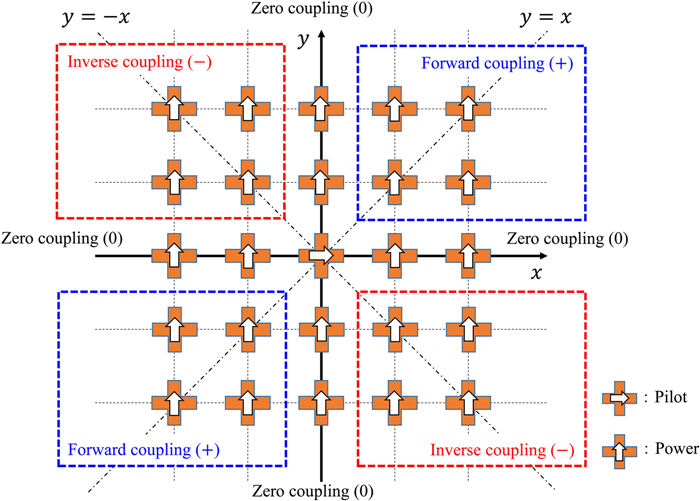Study of a single-frequency retrodirective system with a beam pilot signal using dual-mode dielectric resonator antenna elements
-
1.
Research Institute for Sustainable Humanosphere, Kyoto University, Gokasho, Uji, Kyoto 611-0011, Japan. Phone: +81 774 38 3864
-
2.
Murata Manufacturing Co., Ltd., 1-10-1 Higashikotari, Nagaokakyo, Kyoto 617-8555, Japan
-
3.
Department of Electrical and Electronic Engineering, Ehime University, 3 Bunkyo-cho, Matsuyama, Ehime 790-8577, Japan
More Information
-
Author Bio:
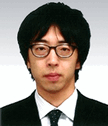 Takayuki Matsumuro
Takayuki Matsumuro was born in 1988. He received the B.E. and M.E. degrees in Electrical Engineering from Kyoto University, Kyoto, Japan, in 2012 and 2014, respectively. He has been a Ph. D. student in Electrical Engineering from Kyoto University and a Research Fellow for Young Scientists (DC1) of Japan Society for the Promotion Science since 2014. He has been engaged in research on microwave power transmission. He was awarded the Best Presentation Award in Thailand–Japan Microwave Conference 2013. He is a member of the IEEE and the Institute of Electronics, Information and Communication Engineers (IEICE).
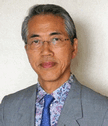 Yohei Ishikawa
Yohei Ishikawa received the M.E. degree in Physics from Nagoya University, Aichi, Japan, in 1972. He received the Ph. D. degree in Communication Engineering from Tohoku University, Sendai, Japan, in 1994. He worked for Murata Manufacturing Co., Ltd. from 1972 to 2011. He was awarded the APMC Japan Microwave Prize in 1994 and the Commendation for Science and Technology by the Minister of Education, Culture, Sports, Science and Technology in 2006. He has been a professor in Research Institute for Sustainable Humanosphere, Kyoto University, Kyoto, Japan, since 2009. He was chair of IEEE Microwave Theory and Technique Society (MTT-S) Kansai Chapter from 2010 to 2013. He is the founder and president of the Kaiyo Inverse Dam Society (KID-S). He is chair of Technical Committee on Microwaves, Electronics Society, in the Institute of Electronics, Information and Communication Engineers (IEICE). He is a fellow of the IEICE, and a member of the IEEE.
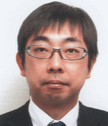 Tomohiko Mitani
Tomohiko Mitani received his B.E. degree in Electronic Engineering, his M.E. degree in Informatics, and his Ph. D. in Electrical Engineering from Kyoto University, Kyoto, Japan, in 1999, 2001, and 2006, respectively. He was an Assistant Professor with the Radio Science Center for Space and Atmosphere, Kyoto University, in 2003. He has been an Associate Professor with the Research Institute for Sustainable Humanosphere, Kyoto University, since 2012. His current research interests include microwave heating application and microwave power transfer. He has been a board member of Japan Society of Electromagnetic Wave Energy Applications (JEMEA), and a treasurer of IEEE MTT-S Kansai Chapter since 2014.
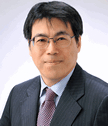 Naoki Shinohara
Naoki Shinohara received the B.E. degree in Electronic Engineering, the M.E. and Ph. D. (Eng.) degrees in Electrical Engineering from Kyoto University, Japan, in 1991, 1993, and 1996, respectively. He was a research associate in the Radio Atmospheric Science Center, Kyoto University from 1996. He was a research associate of the Radio Science Center for Space and Atmosphere, Kyoto University by recognizing the Radio Atmospheric Science Center from 2000, and there he was an associate professor since 2001. He was an associate professor in Research Institute for Sustainable Humanosphere, Kyoto University by recognizing the Radio Science Center for Space and Atmosphere since 2004. From 2010, he has been a professor in Research Institute for Sustainable Humanosphere, Kyoto University. He has been engaged in research on Solar Power Station/Satellite and Microwave Power Transmission system. He is IEEE MTT-S Technical Committee 26 (Wireless Power Transfer and Conversion) vice chair, IEEE MTT-S Kansai Chapter TPC member, IEEE Wireless Power Transfer Conference advisory committee member, International Journal of Wireless Power Transfer (Cambridge Press) executive editor, technical committee on IEICE Wireless Power Transfer, communications society member, Japan Society of Electromagnetic Wave Energy Applications vice president, Space Solar Power Systems Society board member, Wireless Power Transfer Consortium for Practical Applications (WiPoT) chair, and Wireless Power Management Consortium (WPMc) chair.
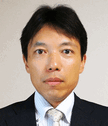 Masashi Yanagase
Masashi Yanagase received the B.E. and M.E. degrees in Electrical Engineering from Nagoya University, Japan, in 1990 and 1992, respectively. From 1992 to 2000, he was a member of technical staff with Omron Corporation, Kyoto, Japan, and participated in the development of semiconductor optoelectronic devices. Since 2000, he has joined Murata Manufacturing Co., Ltd., Kyoto, Japan, and pursued in the new devices of renewable energy field. He is currently a principal researcher with New Process Engineering Development Department. He is a member of the Japan Society of Applied Physics (JSAP), the Institute of Electronics, Information and Communication Engineers (IEICE), and the Institute of Electrical and Electronics Engineers (IEEE).
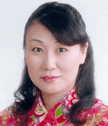 Mayumi Matsunaga
Mayumi Matsunaga received B.E., M.E., and Dr. Eng. degrees in Computer Science and Communication Engineering from Kyushu University, Japan. While she was a Ph. D. student, she studied electromagnetic theories at the University of Wisconsin-Madison. She received the Young Engineers' Award from IEICE in 2001. In 2007, she stayed in the University of Washington as a visiting scholar. She won the NE Japan Wireless Technology Award in 2013. Her current research fields are inventing novel antennas, analyzing EM propagation, and designing microstrip circuits. She is now with the Tokyo University of Technology. She is a member of IEEE, IEICE, and ASJ
-
Corresponding author:
T. Matsumuro Email: takayuki_matsumuro@rish.kyoto-u.ac.jp
-
Abstract
A terrestrial microwave power transmission system is considered as an effective method for collecting natural energy. In this system, frequency dependence of the refractive index and multipath propagation due to the ground surface poses problems. In the study, a single-frequency retrodirective system was proposed with a beam pilot signal using dual-mode dielectric resonator antenna elements. The results confirmed that the beam pilot signal radiated from the entire surface of the receiving antenna and accurately used the same propagation space as that of microwave power by beam propagation method simulation. A dual-mode dielectric resonator antenna was proposed as a common array antenna element for the beam pilot signal and microwave power. This involves a cross-shaped hemispherical dielectric resonator structure, and an isolation level exceeding 60 dB was experimentally measured between the orthogonal ports of the fabricated antenna. The dual-mode dielectric resonator antenna with an isolation exceeding 60 dB was successfully developed as an enabling device to realize a single-frequency retrodirective system with a beam pilot signal.
-
About this article
Cite this article
Matsumuro T, Ishikawa Y, Mitani T, Shinohara N, Yanagase M, et al. 2017. Study of a single-frequency retrodirective system with a beam pilot signal using dual-mode dielectric resonator antenna elements. Wireless Power Transfer 4(2): 132-145 doi: 10.1017/wpt.2017.4
|
Matsumuro T, Ishikawa Y, Mitani T, Shinohara N, Yanagase M, et al. 2017. Study of a single-frequency retrodirective system with a beam pilot signal using dual-mode dielectric resonator antenna elements. Wireless Power Transfer 4(2): 132-145 doi: 10.1017/wpt.2017.4
|


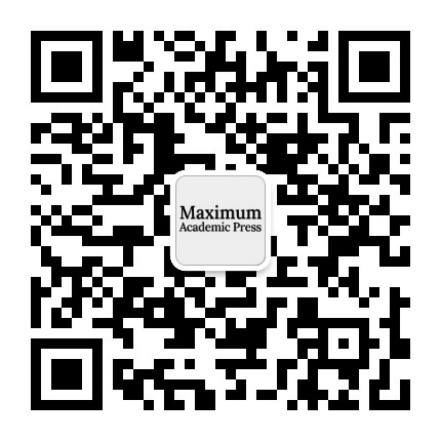







 Takayuki Matsumuro was born in 1988. He received the B.E. and M.E. degrees in Electrical Engineering from Kyoto University, Kyoto, Japan, in 2012 and 2014, respectively. He has been a Ph. D. student in Electrical Engineering from Kyoto University and a Research Fellow for Young Scientists (DC1) of Japan Society for the Promotion Science since 2014. He has been engaged in research on microwave power transmission. He was awarded the Best Presentation Award in Thailand–Japan Microwave Conference 2013. He is a member of the IEEE and the Institute of Electronics, Information and Communication Engineers (IEICE).
Takayuki Matsumuro was born in 1988. He received the B.E. and M.E. degrees in Electrical Engineering from Kyoto University, Kyoto, Japan, in 2012 and 2014, respectively. He has been a Ph. D. student in Electrical Engineering from Kyoto University and a Research Fellow for Young Scientists (DC1) of Japan Society for the Promotion Science since 2014. He has been engaged in research on microwave power transmission. He was awarded the Best Presentation Award in Thailand–Japan Microwave Conference 2013. He is a member of the IEEE and the Institute of Electronics, Information and Communication Engineers (IEICE).  Yohei Ishikawa received the M.E. degree in Physics from Nagoya University, Aichi, Japan, in 1972. He received the Ph. D. degree in Communication Engineering from Tohoku University, Sendai, Japan, in 1994. He worked for Murata Manufacturing Co., Ltd. from 1972 to 2011. He was awarded the APMC Japan Microwave Prize in 1994 and the Commendation for Science and Technology by the Minister of Education, Culture, Sports, Science and Technology in 2006. He has been a professor in Research Institute for Sustainable Humanosphere, Kyoto University, Kyoto, Japan, since 2009. He was chair of IEEE Microwave Theory and Technique Society (MTT-S) Kansai Chapter from 2010 to 2013. He is the founder and president of the Kaiyo Inverse Dam Society (KID-S). He is chair of Technical Committee on Microwaves, Electronics Society, in the Institute of Electronics, Information and Communication Engineers (IEICE). He is a fellow of the IEICE, and a member of the IEEE.
Yohei Ishikawa received the M.E. degree in Physics from Nagoya University, Aichi, Japan, in 1972. He received the Ph. D. degree in Communication Engineering from Tohoku University, Sendai, Japan, in 1994. He worked for Murata Manufacturing Co., Ltd. from 1972 to 2011. He was awarded the APMC Japan Microwave Prize in 1994 and the Commendation for Science and Technology by the Minister of Education, Culture, Sports, Science and Technology in 2006. He has been a professor in Research Institute for Sustainable Humanosphere, Kyoto University, Kyoto, Japan, since 2009. He was chair of IEEE Microwave Theory and Technique Society (MTT-S) Kansai Chapter from 2010 to 2013. He is the founder and president of the Kaiyo Inverse Dam Society (KID-S). He is chair of Technical Committee on Microwaves, Electronics Society, in the Institute of Electronics, Information and Communication Engineers (IEICE). He is a fellow of the IEICE, and a member of the IEEE.  Tomohiko Mitani received his B.E. degree in Electronic Engineering, his M.E. degree in Informatics, and his Ph. D. in Electrical Engineering from Kyoto University, Kyoto, Japan, in 1999, 2001, and 2006, respectively. He was an Assistant Professor with the Radio Science Center for Space and Atmosphere, Kyoto University, in 2003. He has been an Associate Professor with the Research Institute for Sustainable Humanosphere, Kyoto University, since 2012. His current research interests include microwave heating application and microwave power transfer. He has been a board member of Japan Society of Electromagnetic Wave Energy Applications (JEMEA), and a treasurer of IEEE MTT-S Kansai Chapter since 2014.
Tomohiko Mitani received his B.E. degree in Electronic Engineering, his M.E. degree in Informatics, and his Ph. D. in Electrical Engineering from Kyoto University, Kyoto, Japan, in 1999, 2001, and 2006, respectively. He was an Assistant Professor with the Radio Science Center for Space and Atmosphere, Kyoto University, in 2003. He has been an Associate Professor with the Research Institute for Sustainable Humanosphere, Kyoto University, since 2012. His current research interests include microwave heating application and microwave power transfer. He has been a board member of Japan Society of Electromagnetic Wave Energy Applications (JEMEA), and a treasurer of IEEE MTT-S Kansai Chapter since 2014.  Naoki Shinohara received the B.E. degree in Electronic Engineering, the M.E. and Ph. D. (Eng.) degrees in Electrical Engineering from Kyoto University, Japan, in 1991, 1993, and 1996, respectively. He was a research associate in the Radio Atmospheric Science Center, Kyoto University from 1996. He was a research associate of the Radio Science Center for Space and Atmosphere, Kyoto University by recognizing the Radio Atmospheric Science Center from 2000, and there he was an associate professor since 2001. He was an associate professor in Research Institute for Sustainable Humanosphere, Kyoto University by recognizing the Radio Science Center for Space and Atmosphere since 2004. From 2010, he has been a professor in Research Institute for Sustainable Humanosphere, Kyoto University. He has been engaged in research on Solar Power Station/Satellite and Microwave Power Transmission system. He is IEEE MTT-S Technical Committee 26 (Wireless Power Transfer and Conversion) vice chair, IEEE MTT-S Kansai Chapter TPC member, IEEE Wireless Power Transfer Conference advisory committee member, International Journal of Wireless Power Transfer (Cambridge Press) executive editor, technical committee on IEICE Wireless Power Transfer, communications society member, Japan Society of Electromagnetic Wave Energy Applications vice president, Space Solar Power Systems Society board member, Wireless Power Transfer Consortium for Practical Applications (WiPoT) chair, and Wireless Power Management Consortium (WPMc) chair.
Naoki Shinohara received the B.E. degree in Electronic Engineering, the M.E. and Ph. D. (Eng.) degrees in Electrical Engineering from Kyoto University, Japan, in 1991, 1993, and 1996, respectively. He was a research associate in the Radio Atmospheric Science Center, Kyoto University from 1996. He was a research associate of the Radio Science Center for Space and Atmosphere, Kyoto University by recognizing the Radio Atmospheric Science Center from 2000, and there he was an associate professor since 2001. He was an associate professor in Research Institute for Sustainable Humanosphere, Kyoto University by recognizing the Radio Science Center for Space and Atmosphere since 2004. From 2010, he has been a professor in Research Institute for Sustainable Humanosphere, Kyoto University. He has been engaged in research on Solar Power Station/Satellite and Microwave Power Transmission system. He is IEEE MTT-S Technical Committee 26 (Wireless Power Transfer and Conversion) vice chair, IEEE MTT-S Kansai Chapter TPC member, IEEE Wireless Power Transfer Conference advisory committee member, International Journal of Wireless Power Transfer (Cambridge Press) executive editor, technical committee on IEICE Wireless Power Transfer, communications society member, Japan Society of Electromagnetic Wave Energy Applications vice president, Space Solar Power Systems Society board member, Wireless Power Transfer Consortium for Practical Applications (WiPoT) chair, and Wireless Power Management Consortium (WPMc) chair.  Masashi Yanagase received the B.E. and M.E. degrees in Electrical Engineering from Nagoya University, Japan, in 1990 and 1992, respectively. From 1992 to 2000, he was a member of technical staff with Omron Corporation, Kyoto, Japan, and participated in the development of semiconductor optoelectronic devices. Since 2000, he has joined Murata Manufacturing Co., Ltd., Kyoto, Japan, and pursued in the new devices of renewable energy field. He is currently a principal researcher with New Process Engineering Development Department. He is a member of the Japan Society of Applied Physics (JSAP), the Institute of Electronics, Information and Communication Engineers (IEICE), and the Institute of Electrical and Electronics Engineers (IEEE).
Masashi Yanagase received the B.E. and M.E. degrees in Electrical Engineering from Nagoya University, Japan, in 1990 and 1992, respectively. From 1992 to 2000, he was a member of technical staff with Omron Corporation, Kyoto, Japan, and participated in the development of semiconductor optoelectronic devices. Since 2000, he has joined Murata Manufacturing Co., Ltd., Kyoto, Japan, and pursued in the new devices of renewable energy field. He is currently a principal researcher with New Process Engineering Development Department. He is a member of the Japan Society of Applied Physics (JSAP), the Institute of Electronics, Information and Communication Engineers (IEICE), and the Institute of Electrical and Electronics Engineers (IEEE).  Mayumi Matsunaga received B.E., M.E., and Dr. Eng. degrees in Computer Science and Communication Engineering from Kyushu University, Japan. While she was a Ph. D. student, she studied electromagnetic theories at the University of Wisconsin-Madison. She received the Young Engineers' Award from IEICE in 2001. In 2007, she stayed in the University of Washington as a visiting scholar. She won the NE Japan Wireless Technology Award in 2013. Her current research fields are inventing novel antennas, analyzing EM propagation, and designing microstrip circuits. She is now with the Tokyo University of Technology. She is a member of IEEE, IEICE, and ASJ
Mayumi Matsunaga received B.E., M.E., and Dr. Eng. degrees in Computer Science and Communication Engineering from Kyushu University, Japan. While she was a Ph. D. student, she studied electromagnetic theories at the University of Wisconsin-Madison. She received the Young Engineers' Award from IEICE in 2001. In 2007, she stayed in the University of Washington as a visiting scholar. She won the NE Japan Wireless Technology Award in 2013. Her current research fields are inventing novel antennas, analyzing EM propagation, and designing microstrip circuits. She is now with the Tokyo University of Technology. She is a member of IEEE, IEICE, and ASJ 



